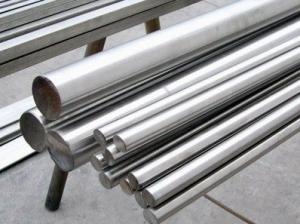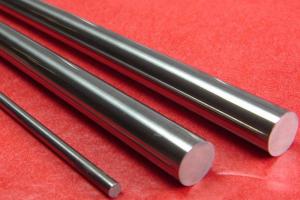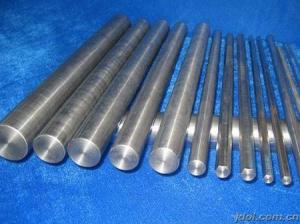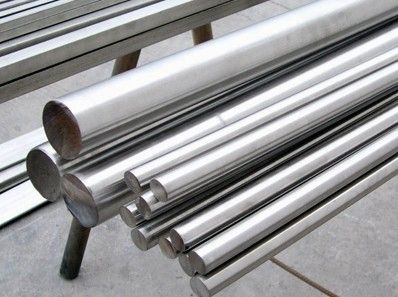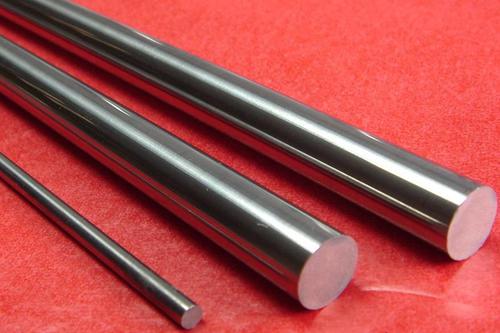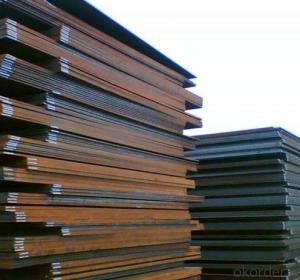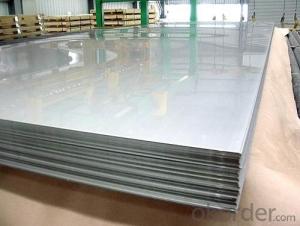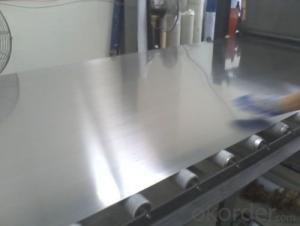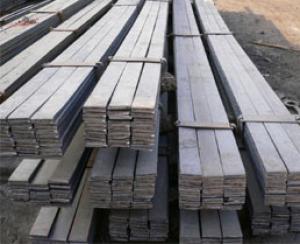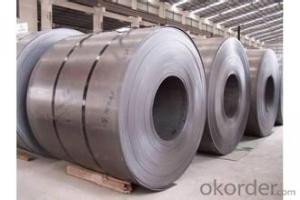High Quality Stainless Steel Profile 100mm
- Loading Port:
- Shanghai
- Payment Terms:
- TT OR LC
- Min Order Qty:
- 50 m.t.
- Supply Capability:
- 5000 m.t./month
OKorder Service Pledge
OKorder Financial Service
You Might Also Like
Product Introduction of High Quality Stainless Steel Profile 100mm:
Our Stainless Steel products including the stainless steel sheet/plate, stainless steel coil, stainless steel rod/bar, stainless steel angle, stainless steel strip, stainless steel flat, carbon steel products and alloy steel materials. It also can supply the processing of surface, like No.4, BA, HL, SB, 8K, and so on.
Loading Quantity of High Quality Stainless Steel Profile 100mm: 25 Tons/20FCL.
Grade of High Quality Stainless Steel Profile 100mm: 201, 306, 316 Etc.
Delivery Time of High Quality Stainless Steel Profile 100mm: 20 days Per Container.
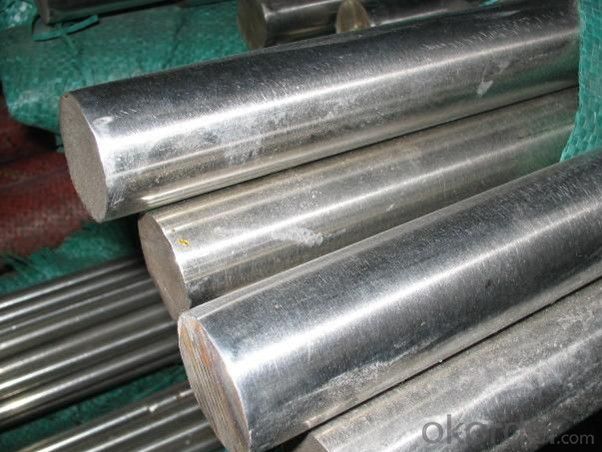
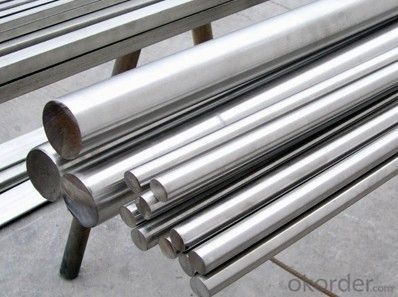
Application of High Quality Stainless Steel Profile 100mm:
| Finish | Thickness | Characteristics | Applications |
| No. 1 | 3.0mm~50.0mm | Finished by hot-rolling, annealing and pickling, characterized by white pickled surface | Chemical industry equipment, Industrial tanks |
| No. 2B | 0.3mm~6.0mm | Finished by heat treatment, pickling after cold rolling, followed by skin pass line to be more brighter and smooth surface | General Application Medical Instruments,Tableware |
| No. BA (Bright Annealed) | 0.5mm~2.0mm | Bright heat treatment after cold rolling | Kitchen utensil, kitchen ware,architectural purpose |
| No. 4 | 0.4mm~3.0mm | Polishing with No. 150 to No.180 mesh abrasivesThe most popular finishes | Milk & Food processing acilities, Hospital Equipment, Bath-tub |
| HL(Hair Line) | 0.4mm~3.0mm | Finished by continuous linear polishing | Architectural purposes, escalators, kitchen ware vehicles |
Packaging & Delivery of High Quality Stainless Steel Profile 100mm
| Packaging Detail: | standard seaworthy export package or as customers required |
| Delivery Detail: | Normally according to the order quantity or upon negotiation. |
Specification of High Quality Stainless Steel Profile 100mm:
1).Standard : GB,ASTM,AISI,JIS,SUS,EN
2).Material : 304,304L,304N,304LN,301,305,309S,310S,316,316L,316N,316LN,316Ti,
317,317L,321,347,201,202
3).Outside Diameter: From 4mm to 2500mm(1/8''inch-120''inch)
4).Wall Thickness : Sch5S-SchXXS(1mm-150mm)
5). Length : 3m,4m,5.8m,6m,12m or as required
6). Chemical composition:
7).Surface :Annealing ,polish,pickling,bright ,sand blast ,etc
8).Packing: 1.plastic cap with both ends 2.steel strip bundled package3.wooden case,wooden
pallet package4.container or bulk 5. as customers' requestment
9).Application:petroleum ,chemical industry,bolier ,heat exchange,high temperature
resistant transmission fluid pipe in power station,ship with pressure pipe,construction
and so on
FAQ
Q: CAN YOU PROVIDE MILL TEST CERTIFICATE?
A: YES! Mill Test Certificate for High Quality Stainless Steel Profile 100mm are available.
Q: CAN YOU MAKE DDQ (DEEP DRAWING QUALITY)?
A: YES. Our material has been widely used for producing Stainless Steel Pots and Stainless Steel Sinks, which have strict request for good deep drawing quality.
Q: HOW TO GET A SAMPLE?
A: FREE High Quality Stainless Steel Profile 100mm are available for your checking and testing. And to get free samples, you need to send us you detailed receiving address (including post code) and your DHL/FedEx/UPS account for collecting samples, courier cost will be paid in your side.
- Q: Are stainless steel sheets resistant to chlorine?
- Stainless steel sheets possess a general resistance to chlorine, as they are renowned for their corrosion-resistant properties. They are capable of enduring exposure to chlorine without experiencing substantial degradation. Hence, stainless steel sheets prove to be an appropriate option for implementing in environments containing chlorine, such as swimming pools, water treatment plants, and chemical processing facilities. Nevertheless, it is crucial to acknowledge that extended exposure to high concentrations of chlorine or specific chemicals can still induce corrosion or discoloration on the surfaces of stainless steel. To maintain the longevity and aesthetic appeal of stainless steel sheets in chlorinated settings, regular maintenance and adherence to proper cleaning procedures are imperative.
- Q: How do you measure the thickness of stainless steel sheets?
- There are multiple methods available for measuring the thickness of stainless steel sheets. One commonly used approach involves the utilization of a caliper, which is a precision measuring tool. By placing the jaws of the caliper on both sides of the sheet and tightening them until contact is made, the thickness can be directly measured. The reading on the caliper will provide an indication of the sheet's thickness. Alternatively, a more accurate method for measuring very thin sheets is through the use of a micrometer, which functions similarly to a caliper. By employing a spindle and anvil, the micrometer can provide precise measurements of thickness. This method is frequently employed in industries where accuracy is of utmost importance, such as manufacturing and engineering. In the absence of a caliper or micrometer, a simple ruler or tape measure can be utilized. Although this method may not provide the same level of accuracy as specialized tools, it can still offer a rough estimate of the thickness. By measuring the height of the sheet, assuming it is uniformly thick, one can infer the sheet's thickness. It is worth noting that the appropriate measurement tool depends on the thickness of the stainless steel sheet. Micrometers and calipers are best suited for measuring thinner sheets, while thicker sheets may require more specialized instruments like ultrasonic thickness gauges. In conclusion, the thickness of stainless steel sheets can be measured using various methods, including calipers, micrometers, rulers, or tape measures. The choice of tool depends on the desired level of accuracy and the thickness of the sheet being measured.
- Q: What's the price of 06cr19ni10 and 304 stainless steel?
- 304 is a versatile stainless steel which is widely used in the manufacture of equipment and parts requiring good overall performance (corrosion resistance and formability).
- Q: How do you remove rust or corrosion from stainless steel sheets?
- To remove rust or corrosion from stainless steel sheets, you can follow these steps: 1. Start by cleaning the surface of the stainless steel sheet with a mild detergent and warm water. This will remove any dirt or grease that could potentially interfere with the rust removal process. 2. After cleaning, thoroughly dry the sheet to prevent any further water damage and to ensure the rust removal process is effective. 3. Next, use a non-abrasive scrubbing pad or a soft cloth to apply a stainless steel cleaner or a homemade solution made of equal parts vinegar and water. Gently rub the affected area in the direction of the grain of the stainless steel. 4. If the rust or corrosion persists, you can try using a paste made of baking soda and water or a mixture of cream of tartar and water. Apply this paste to the affected area and let it sit for about 15 minutes. Then, scrub the area gently with a soft cloth or a non-abrasive scrubbing pad. 5. If the above methods do not fully remove the rust or corrosion, you can try using a commercial rust remover specifically designed for stainless steel. Be sure to follow the instructions provided by the manufacturer and use appropriate safety precautions. 6. After removing the rust or corrosion, rinse the stainless steel sheet thoroughly with clean water and dry it completely to prevent any water spots or further damage. 7. To prevent future rust or corrosion, it is recommended to regularly clean and maintain stainless steel surfaces using non-abrasive cleaners and avoiding harsh chemicals or abrasive materials. Remember to always test any cleaning solution or rust remover on a small, inconspicuous area of the stainless steel sheet before applying it to the entire surface, to ensure it doesn't cause any damage or discoloration.
- Q: Can stainless steel sheets be used for filtration applications?
- Yes, stainless steel sheets can be used for filtration applications. Stainless steel is known for its corrosion resistance, durability, and high strength, making it suitable for various filtration processes. It can effectively filter out particles, contaminants, and impurities in liquids and gases, making it a popular choice for industries such as food and beverage, pharmaceutical, chemical, and wastewater treatment.
- Q: What are the different types of stainless steel sheet perforations available?
- There exists a variety of stainless steel sheet perforations, each possessing its own distinctive characteristics and applications. Among the most prevalent types are: 1. Round hole perforations: These perforations, characterized by evenly spaced round holes, are the simplest and most commonly employed. They ensure sufficient airflow and visibility. 2. Square hole perforations: Similar to their round counterparts, square hole perforations offer a distinct aesthetic and may be utilized for ventilation or decorative purposes. 3. Slotted perforations: Elongated in shape, slotted holes provide a larger open area compared to round or square holes. Consequently, they are often employed for drainage or filtering applications. 4. Hexagonal hole perforations: Hexagonal holes, featuring an exclusive pattern, are frequently used for architectural or decorative applications. They are also effective in facilitating airflow and visibility. 5. Decorative perforations: These perforations exhibit diverse shapes and designs, such as floral, geometric, or abstract patterns. Primarily employed for decorative purposes, they are commonly found in building facades or interior design. 6. Micro-perforations: These minute holes, typically less than 1mm in diameter, are utilized in applications necessitating high precision and fine filtration, like speaker grills or air diffusers. When selecting the appropriate perforation type, it is crucial to consider the specific requirements of your application. Factors such as open area, strength, visibility, and aesthetics must all be carefully evaluated to guarantee the most suitable choice for your specific needs.
- Q: Can stainless steel sheets be used for brewery piping?
- Yes, stainless steel sheets can be used for brewery piping. Stainless steel is a popular material choice for brewery piping due to its corrosion resistance, durability, and hygienic properties. It can withstand the harsh chemicals and high temperatures involved in the brewing process, ensuring the integrity and cleanliness of the piping system. Additionally, stainless steel is easy to clean and maintain, making it ideal for use in breweries where cleanliness and sanitation are paramount. Overall, stainless steel sheets are a reliable and suitable option for brewery piping.
- Q: How do I prevent galling on stainless steel sheets?
- To prevent galling on stainless steel sheets, there are several steps you can take: 1. Lubrication: Apply a suitable lubricant to the stainless steel sheets, especially in areas where they come into contact with other surfaces or materials. Lubrication reduces friction and helps prevent galling. 2. Avoid using similar metals: When stainless steel sheets come into contact with other stainless steel surfaces, galling can occur due to the transfer of metal particles. To prevent this, try to use dissimilar metals or non-metallic materials that are compatible with stainless steel. 3. Surface finish: Ensure that the stainless steel sheets have a smooth surface finish. Rough surfaces can increase friction and the likelihood of galling. Consider using polishing or grinding techniques to achieve a smoother surface. 4. Control contact pressure: Excessive pressure between stainless steel sheets can lead to galling. Try to minimize contact pressure by adjusting clamping forces or using gaskets, washers, or other materials that distribute the load evenly. 5. Slow down the sliding speed: High sliding speeds can contribute to galling. Slowing down the movement or using anti-galling coatings can reduce the risk of galling on stainless steel sheets. 6. Regular maintenance: Inspect the stainless steel sheets regularly for signs of wear or damage. Address any issues promptly to prevent further damage that could lead to galling. By following these preventive measures, you can significantly reduce the occurrence of galling on stainless steel sheets, ensuring their longevity and optimal performance.
- Q: Are stainless steel sheets resistant to lactic acid?
- Yes, stainless steel sheets are generally resistant to lactic acid. Stainless steel is known for its corrosion resistance, and lactic acid is not typically strong enough to cause significant damage to stainless steel surfaces. However, the resistance may vary depending on the specific grade and quality of stainless steel used. It is always recommended to consult with a material expert or conduct proper testing to ensure the suitability of stainless steel sheets for specific applications involving lactic acid.
- Q: Can stainless steel sheets be used for sound insulation?
- Yes, stainless steel sheets can be used for sound insulation to some extent. While stainless steel is not the most effective material for soundproofing, it does have some sound-dampening properties due to its density and ability to reflect sound waves. However, for optimal sound insulation, it is recommended to use specialized soundproofing materials designed specifically for this purpose.
Send your message to us
High Quality Stainless Steel Profile 100mm
- Loading Port:
- Shanghai
- Payment Terms:
- TT OR LC
- Min Order Qty:
- 50 m.t.
- Supply Capability:
- 5000 m.t./month
OKorder Service Pledge
OKorder Financial Service
Similar products
Hot products
Hot Searches
Related keywords
